1. The perfectly staged Sunday brunch
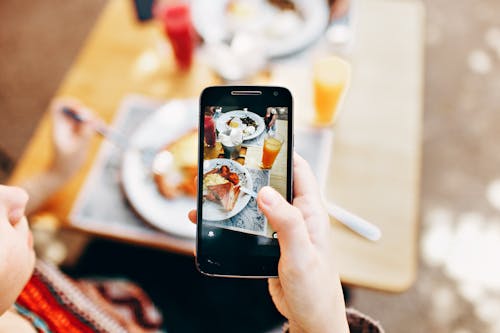
Brunch has become less about eating eggs and more about proving you ate them in a photogenic setting. Cafés with “Instagrammable” décor—neon signs, latte art, and marble tabletops—often attract more customers for the photo-op than the menu. People arrange plates, adjust cutlery, and stand on chairs to get that overhead shot. It’s not just a meal; it’s a curated performance for an audience you may never meet.
The reason it thrives online is that it fits the lifestyle-flex narrative: “I have leisure time, good taste, and friends who share my schedule.” Studies on social media behavior show that food images get high engagement, which fuels the cycle. This pushes restaurants to design spaces with lighting and backdrops ideal for phone cameras. Brunch has quietly shifted from being a social activity to being a public broadcast.
2. The “hot drink in bed” photo
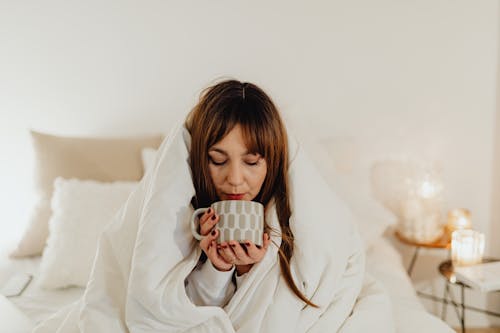
The image of holding a steaming mug while buried under a blanket in perfect morning light is rarely accidental. Photographers—even amateurs—know that the steam fades quickly, so coffee is often reheated or even faked with hot water. Crisp white sheets? Often freshly ironed for the shot. The scene reads as effortless, but it’s a carefully constructed illusion.
The appeal comes from selling a cozy, slow-living fantasy in a fast-paced world. Psychologists note that these images tap into aspirational comfort, making followers project themselves into the scene. It’s an effective engagement driver because it blends lifestyle envy with relatability. The irony is, staging it often requires far more effort than simply drinking your coffee.
3. The unwrapping of luxury purchases
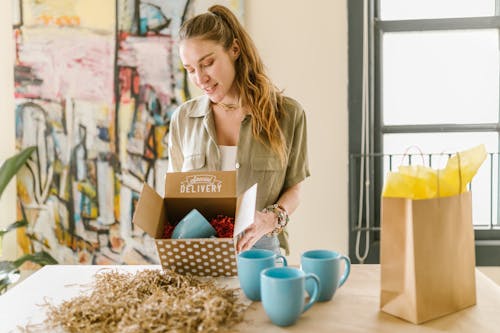
The “unboxing” video or photo spread isn’t just about the product—it’s about the story of ownership. High-end brands package goods in a way that amplifies the reveal: ribbons, embossed boxes, tissue paper, and thank-you cards. Many buyers wait to open their purchase until they can film it in ideal light. It’s less about the object and more about the ceremonial unveiling.
From a marketing perspective, this serves as unpaid advertising that brands rely on heavily. Social media algorithms reward novelty and spectacle, and an unboxing is both. It signals not only financial means but also alignment with a particular status group. Over time, the ritual has become an expectation, not an exception, for high-cost purchases.
4. The mirror gym selfie
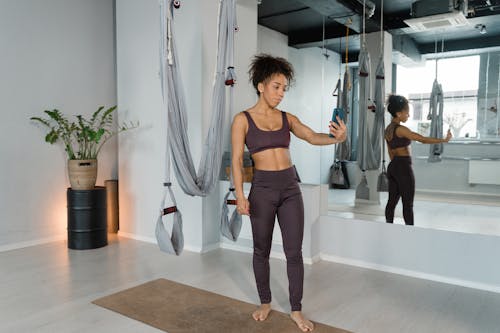
Posting a gym mirror selfie has evolved from a quick check-in to a personal branding tool. Good lighting, visible muscles, and branded athletic wear are non-negotiables for these posts. Many gyms even install “selfie mirrors” with optimized angles. The focus is often more on the image than the actual workout.
This ritual plays into the “fitspiration” culture that thrives on social proof. Seeing others exercise can motivate, but it can also fuel competitive comparisons. Studies link these images to both increased fitness interest and body image concerns. It’s a routine that blurs the line between personal health and public display.
5. The elaborate holiday tablescape
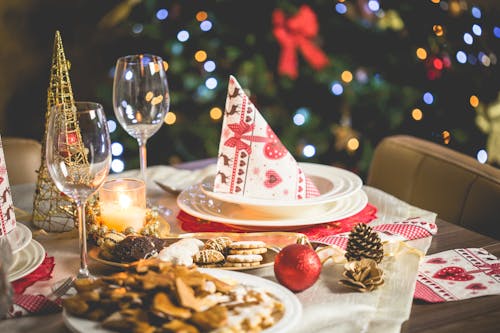
Holiday meals used to be about gathering people; now they’re also about arranging centerpieces for Instagram. Perfectly coordinated napkins, themed place cards, and decorative food platters are styled for photos before anyone eats. Entire businesses have sprung up renting holiday décor kits for social media-ready tables. The effort can take hours, and guests are sometimes told not to touch anything until photos are done.
This is fueled by the pressure to match Pinterest-worthy aesthetics. Sharing your “festive setup” online often garners likes and admiration, validating the time spent. It’s also a way to showcase organizational skill and taste, subtly signaling hosting prowess. For many, the photos outlast the actual gathering in terms of memory.
6. The “morning skincare routine” reel
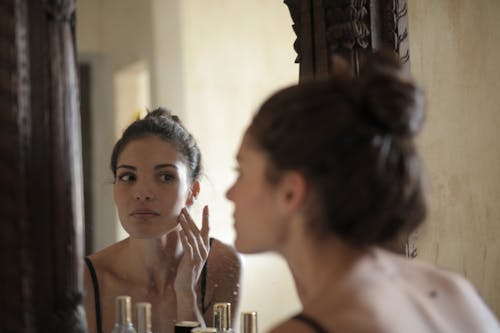
Posting a step-by-step skincare routine is now a social media genre of its own. Influencers film themselves applying serums, creams, and sunscreen in bright, white bathrooms. Even non-influencers copy the format with sped-up videos and upbeat music. Products are displayed label-out, often in coordinated colors.
The ritual sells an image of self-care as a daily, disciplined luxury. It’s both aspirational and commercial, especially when affiliate links or brand partnerships are involved. Dermatologists note that some routines shown online are more about visual appeal than dermatological need. The process becomes a content opportunity rather than a purely personal habit.
7. The proposal in a “picturesque” location
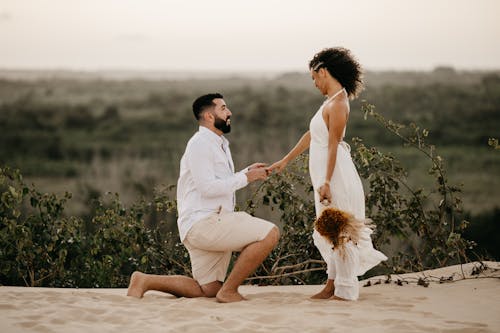
Marriage proposals have moved from intimate gestures to public spectacles designed for social media. Scenic overlooks, decorated backyards, and staged flower arches are common backdrops. Professional photographers often hide nearby to capture the moment. The result is a ready-to-post set of images within hours.
These proposals are engineered for narrative value—surprise, romance, beauty—all compressed into a shareable gallery. Engagement announcements get high engagement rates online, making them a strategic content moment. Critics note that the pressure to “go big” can overshadow the personal meaning. Still, the format is entrenched because it rewards both emotional and visual appeal.
8. The “before and after” home renovation post

Renovation reveals have become a staple of home improvement content. The “before” shot is often taken deliberately messy or outdated, while the “after” is staged with perfect lighting and styling. Some even delay moving into a finished room to get the cleanest possible image. It’s transformation as theater.
These posts tap into the human love for progress stories. They also invite admiration for taste, budgeting skill, and hard work—whether or not the reality matches the photo. Many brands collaborate with homeowners for product placement in these shots. The result is a piece of content that markets both the creator and the tools they used.
9. The matching family holiday pajamas photo

Coordinated pajama sets for the whole family have become an annual December ritual. Brands release new patterns each year specifically for photo-sharing. Families often stage the photo weeks before the holiday to get it posted “on time.” The result is a manufactured moment meant to look spontaneous.
This trend thrives because it blends wholesomeness with novelty. It’s also a subtle way of broadcasting family unity and seasonal enthusiasm. Retail sales data show a spike in pajama purchases linked directly to social media trends. The act is equal parts tradition and marketing opportunity.
10. The seasonal coffee drink photo
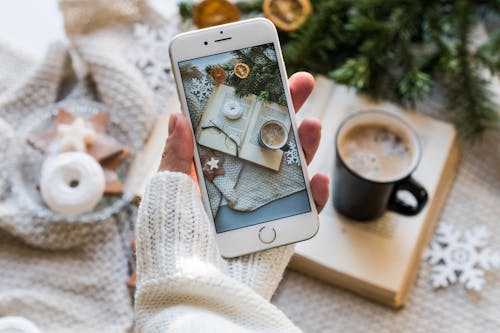
Every autumn, social feeds are flooded with shots of pumpkin spice lattes or winter-themed drinks. The cups themselves are designed for this—festive patterns and bold logos facing the camera. Customers often hold them against blurred backgrounds of leaves or snow. It’s become shorthand for “I’m enjoying the season.”
These posts are easy, low-effort content with high relatability. They also subtly align the poster with certain cultural moments—fall coziness, holiday cheer, or even ironic self-awareness. Brands like Starbucks have openly credited social sharing for seasonal drink sales boosts. In effect, the coffee cup becomes a seasonal status symbol.
11. The “just landed” airport check-in shot
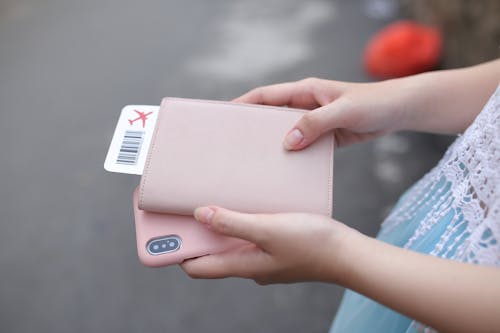
Air travel check-ins—boarding pass in hand or feet up in an airport lounge—signal more than just movement. They imply freedom, financial means, and a life worth documenting. Some travelers even blur barcodes to avoid sharing personal data while still flexing the destination. The ritual is almost a digital stamp in the passport of your social feed.
It works because travel is aspirational and universally engaging. Seeing others jet off sparks curiosity and, sometimes, envy. Airline and tourism boards track hashtags and find that these posts influence destination interest. For the poster, it’s proof of a lifestyle that’s always in motion.
12. The “just because” bouquet post
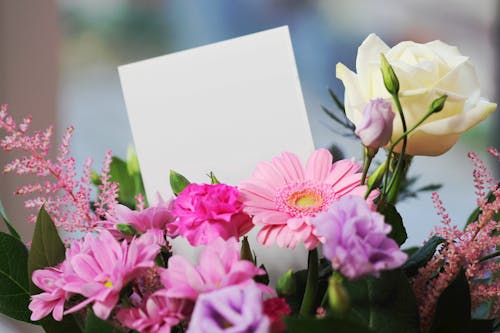
Posting flowers—whether bought for oneself or gifted—remains a simple but potent social media ritual. The bouquet is photographed against uncluttered backgrounds, often with the wrapping still intact for effect. Freshness matters, so many take photos the moment they get them. The act is as much about the image as the scent.
Bouquets function as universal symbols of beauty, romance, or self-love, making them highly shareable. Florists have adapted by offering arrangements in social media-friendly colors and shapes. These posts tend to perform well because they trigger positive emotional responses. In many cases, the flowers last only a week, but the post lives indefinitely.
This post 12 Domestic Rituals That Exist Solely for Social Media Validation was first published on Greenhouse Black.
